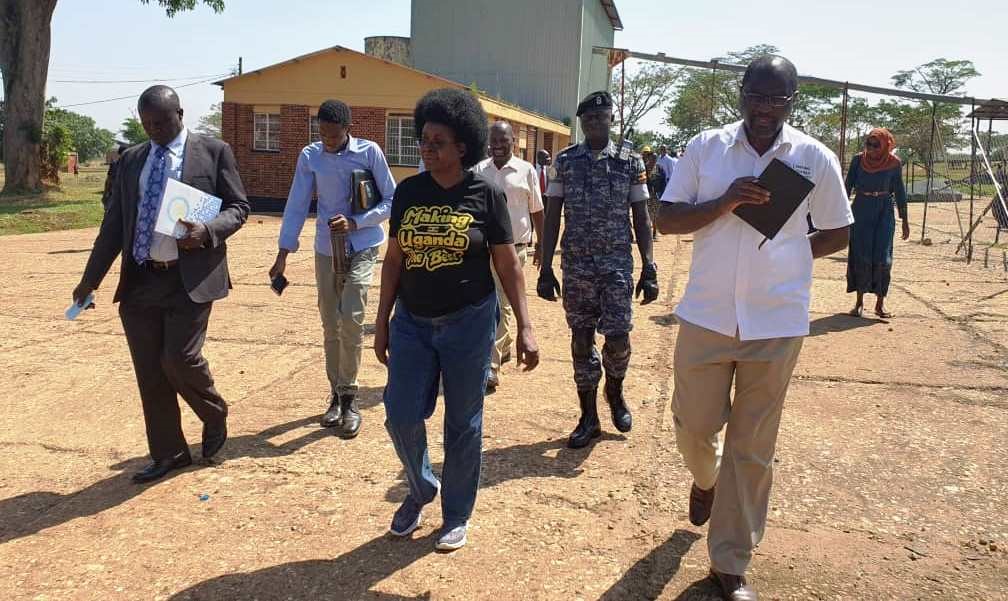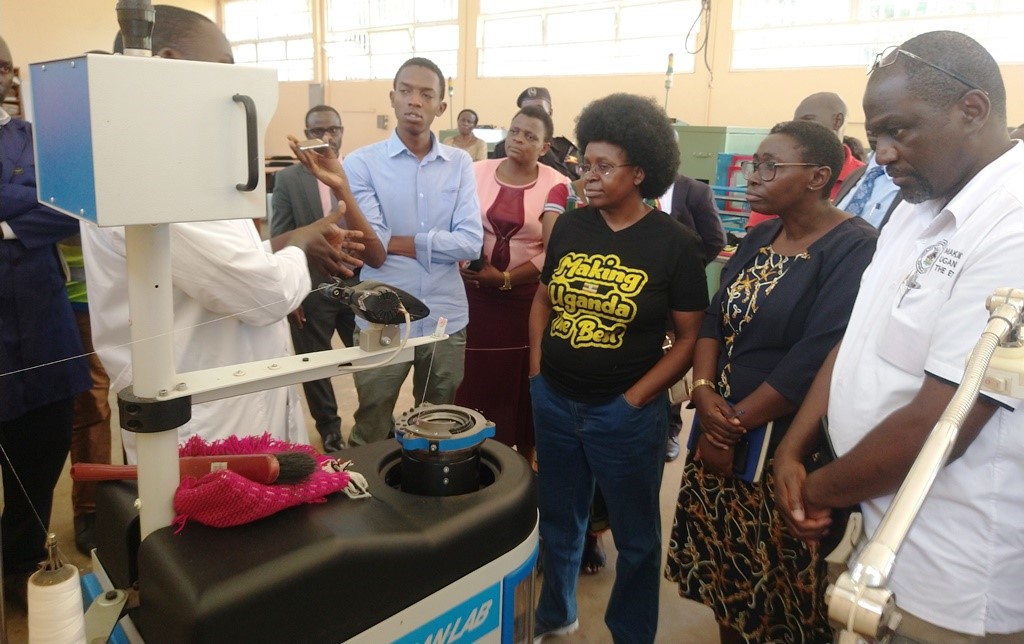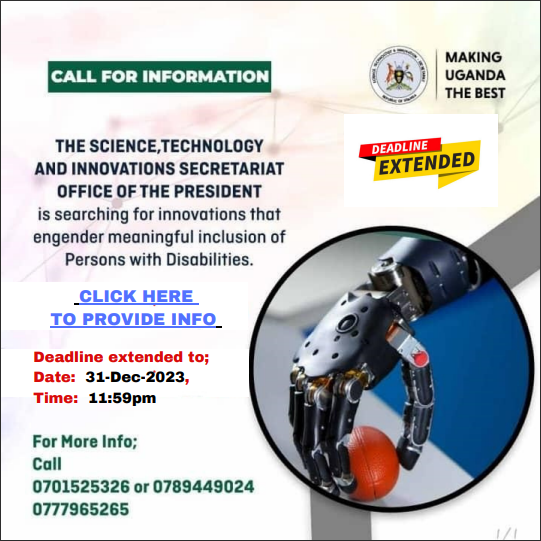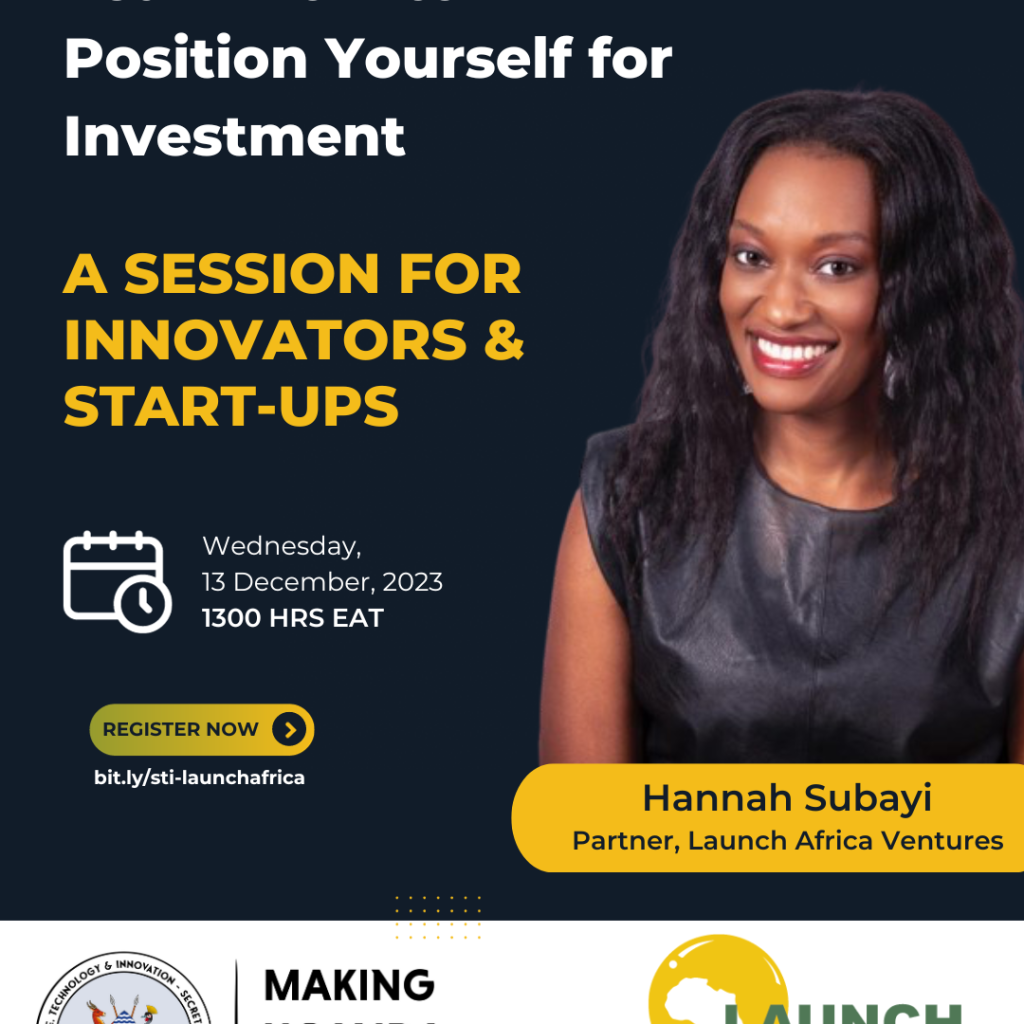Uganda’s Science, Technology, and Innovation Revolution is Real yet some People still ask: “Where are Your Works?”

Secretary – Strategic Scientific Advisory Council & Think-Tank,
STI – OP
patrick.katagata@sti.go.ug
Towards the tail end of High School, as part of the efforts in understanding Economics—one of the subjects we studied, colleagues and I visited a weekly market—Nyakabirizi, in Bushenyi, Western Uganda. We got answers for all the questions we asked except one—market revenue collections. The Market Master, despite relentless persuasion, told us that that was a ‘Council’s secret’ he was not about to divulge to the public just like that! As I put this piece together, I cannot help but reminisce that moment. And it will, in a great part, help me to tell the story of Uganda’s Science, Technology, and Innovations (STI).
Nations and organizations have strategic secrets around innovations, but just like a woman who conceives a baby, in just a matter of time, if she successfully sustains her pregnancy, other people beyond those in her confines might sooner than later know—whether by the big bulge of her stomach or when the baby is born. Uganda’s STI Revolution is here and it’s real; it’s laden with gigantic opportunities for individuals and organizations who will proactively seize them, and Uganda’s socio-economic transformation—and I hasten to add, political fortification from external aggression.

Science is ubiquitous—everywhere and in all things: in the clean and cherished; as in the filthy and trashed. This is the science secret—reality that many people are oblivious to. And for this, many abounding opportunities pass either unnoticed or remain latent and unexplored. Yet people continue to grapple with challenges that, with science, could be pragmatically solved with treasures under their feet and around them. The current Minister of Science, Technology and Innovation—Office of The President, The Republic of Uganda, Hon. Dr. Monica Musenero Masanza, is one unquestionably impassioned about her docket. She explains STI with such precision that everyone should ably make sense of it: Science as knowledge—the systematic study and collection of data about how nature works; Technology as the practical application of scientific knowledge to create tools and production of goods and services; and Innovation as the application of knowledge and technology to solve problems. She is ‘pregnant with science’ and with Uganda’s STI Champion, President Museveni’s unwavering support, soon she might birth septuplets in purposeful multiplicity!

Uganda’s President Yoweri T.K. Museveni is quoted to have posed the question, “Why Do Nations Need STI?” and answered it with, “To Solve their Problems of Poverty and Underdevelopment” in many instances. And therein lies the reason as to why many national scientific exploits may not be sounded in trumpets. For nations which have made breakthroughs in STI: America; Israel; Russia; China; Korea; Malaysia and Singapore; etc., how much of their innovation has the world known until inevitably necessary?
And with all this ‘secrecy’, highly expectant citizens are perhaps justified to ask, “Where are your Works?” For obvious reasons Revolutionaries never make their plans known until they are executed! This is what I called, ‘Strategic Secrets’ earlier.

Openness in scientific investigations and innovations is a desirable ethos, but for such fears as relate to protecting countries’ priorities, global competitiveness, protecting intellectual property, compromising national or international security, and suchlike, keeping specific innovations secret becomes a critically inevitable and prudent move. Yes, for accountability concerns where national resources have been spent, it’s ideal, but, for similar reasons as to why national Security and Defence budgets remain classified, some strategic secrets may be maintained about national scientific exploits. Also, akin to conception, pregnancy, and childbirth, STI, too, takes some time from Ideation to Commercialization.
STI drive: Innovation Leadership needed for Innovators’ Effectiveness!

When I consider what exponential socio-economic transformation has accrued from innovations in developed nations, I am convinced that innovation should be the in-thing for Uganda. True as for a person stuck by an innovative idea, American physician, poet, and polymath, Oliver Wendell Holmes Sr., noted: “A man’s mind, once stretched by a new idea, never regains its original dimensions.” From then on, preferences change until ideas become reality. Churning a tangible innovation from ideation is achievable only through painstaking strategies transcending the dreamer. Except for mediocrity, no one, however gifted, single-handedly yields functional innovation. The process has manifold and complex demands, but with synergies, work becomes easy!
To elucidate illustrate innovation leadership, let me liken innovation with child conception, birth, through to functional adulthood. First of all, not all women can conceive, go through full-term pregnancy, birth, and raise mature children. Some never conceive or do, but lose their pregnancies, suffer still-births, or infant mortality, etc. To conceive, let alone nurture useful adults is a blessing to be carefully cared for, to yield. The same applies to innovation ideas people conceive: meticulously cared for, they mature; mishandled, die prematurely. In nurturing innovations from ideation to churn tangible or economically viable products, may renowned American author and leadership expert, John Calvin Maxwell’s line, “Everything rises and falls on leadership,” suffice.
Innovation Leadership is one specifically focusing on Innovators’ Effectiveness by cultivating strategic fitness to enhance performance. Like general leadership, it encompasses: championing of ideas; goal-setting; planning; organizing; resource mobilization and management, including staffing; showing and motivating others to follow the way, or giving direction. Of course, each of these—and others implied, have extensions, which, humanly speaking, are unattainable through vision-bearers alone. Inadvertently, it becomes inevitable that they work with and through others to achieve their dream.
One extremely important aspect about leadership that many people often ignore is Stewardship. Leadership ought to bolster qualitative and quantitative transformation. Furthermore, the aforementioned John Calvin Maxwell also observed that, “He who thinks he leads, but has no followers, is only taking a walk,”—may not achieve much, if at all. In developing effective functional teams, the Latin maxim, “Nemo dat quod non habet”, which transliterates for “No one can give what they do not have”, becomes very significant. No one can teach others to take charge of their lives, let alone, innovations and/or other projects without first credibly exemplifying it with their own lives. Personal leadership is a critical starting point. It entails taking charge of your own life and responsibilities.
In Uganda, for example, I am amazed at the great strides on electric cars, Kiira Motors Corporation (KMC), in such a short time compared to other innovations both within and beyond. But it is no miracle. No, it has a lot to do with the originator, Prof. Sandy Stevens Tickodri-Togboa’s leadership style and outlook to things. He is proactive and has found the secret in mentoring and selflessly working the youthful professionals, who have ably picked up the vision and run functionally with it. Some originators who cling to their ideas and find power in exercising control may not do as much!
Going back to the conception versus ideation analogy, to sustain pregnancy, birth healthy babies and fruitfully grow them, women need first of all, healthy and supportive male partners (or with innovation, specimens from suchlike). In Science, Technology, and Innovation [STI], these are equated to Innovation Champions, whom at best, should national leaders such as President. In Uganda, Gen. Museveni has done laudably well as an STI Champion! Secondly, such women need strict personal discipline. Pregnancy often demands a shift from usual ways: feeding; exercising; stress management; etc. But they also need excellent obstetricians; baby-seaters—who, in this case, is the Minister for Science, Technology, and Innovation, plus, the entire Secretariat and Stakeholders.
STI Secretariat Visit Report: Cotton Ginnery Tour at Busitema University
On February 11th, 2023, a team led by Hon. Dr. Monica Musenero visited the Cotton Ginnery at Busitema University. The team was received by the Vice Chancellor at 9:56am and had a welcome meeting before starting the tour of the university. During the tour, introductions were made before proceeding to the cotton ginnery.

The cotton ginnery was storing 152 tons of cotton, with each bail weighing 135kg. The team noted that from the cotton that was brought to the ginnery, 36% of the seed cotton was lint, while the rest were seeds. The team observed that there was a manual system to bring the cotton close to the machine to be sucked. The team also observed that the nozzle could be moved to different areas and that there was a rock catcher to prevent heavy materials from proceeding to the processing unit. However, it was noted that some farmers added metals or weight to the cotton, which could break the machine’s fibres.
Regarding moisture issues, the team noted that quality testing is done with a cotton moisture meter, and if the moisture is more than 7%, the cotton will be of poor quality. Farmers dry cotton from their premises and bring it back. The team recommended that the system be converted to address the moisture issue and quality aspect. They also suggested that minor changes and an overhaul of the system should be done to commercialize the ginning system.
The team also toured the factory, where they noted that the distributor gave different ginning machines with different beats. The team asked whether the machines had come from the store and what beats were missing. It was noted that the machines were functional, although there was a challenge of spares. The machines had not been used for five years, and there had been a power surge during the last use.
The team recommended that the machines required servicing. One challenge noted was that the ginning machine breaks the fibres based on its design as a saw machine. The team observed that the machines were brought for demonstration despite the design being made to processes American cotton which posed a challenge hence, and it was rendered a museum piece.
The team suggested that a breeder should make a special machine to process the Ugandan variety of cotton. Additionally, research should be conducted on fabrication to transition the machine. It has was also noted that some of the machines were not operational because during installation, some parts were not delivered. Hence the team recommended that an inventory analysis of the ginning plant be done.

The team observed that some of the machines were working, and they were used for study. However, it was not possible to ascertain whether the machines were in full working condition since they last operated five years ago. The Busitema University head of department recommended that the router bar, which was not functioning, be removed and replaced with eight Bajaj Magnum machines.
The team also observed that some machines like the cuddling machine that cleans the fibres, a lab-scale carding machine that removes short fibres, and a ring frame machine that turns the fibres into thread existed though it is noted that three machines were missing, namely, a combing machine, a speed frame, and an unwarping and sizing machine.
In conclusion, the team noted that the Cotton Ginnery required urgent attention and the machines needed servicing. They recommended that an inventory analysis of the ginning plant be done to identify the missing machines and to ensure that the log of machines that are working is updated. The team also suggested that research be conducted on fabrication to transition the machines, and a breeder should make a special machine to process the Ugandan variety of cotton.



